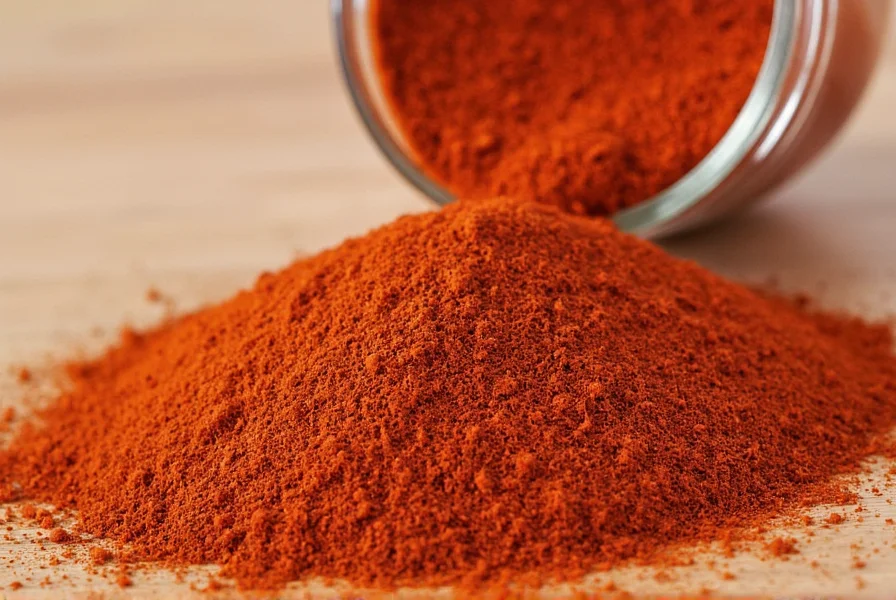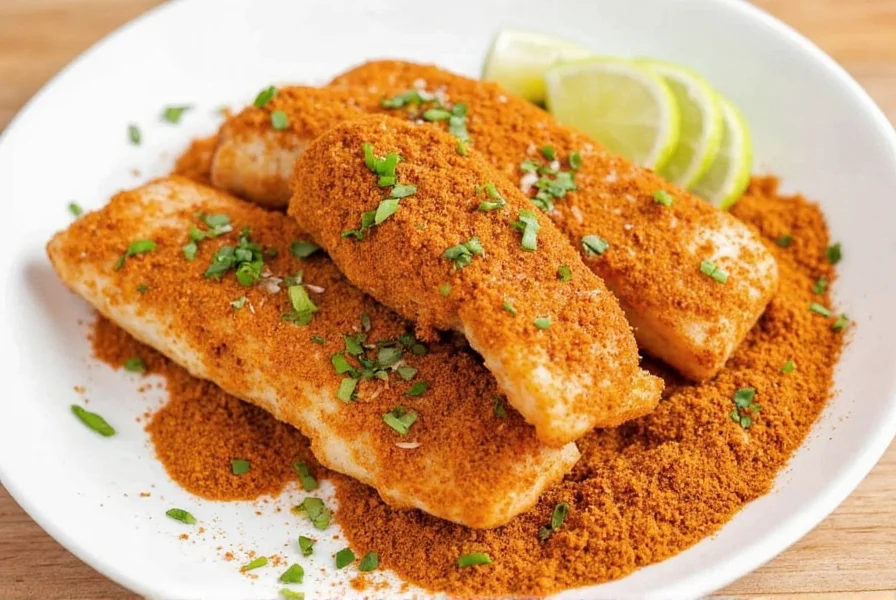Peri Peri Spice Recipe: The Fiery Flavor That Will Transform Your Kitchen
If you're a fan of bold, spicy flavors with a hint of smokiness and tang, then it’s time to get acquainted with peri peri spice. This beloved African seasoning is more than just heat — it's a flavor experience that has taken kitchens around the world by storm. Whether you're grilling chicken, roasting vegetables, or spicing up your morning eggs, this versatile blend can do wonders. In this article, we’ll walk through how to make your own peri peri spice from scratch, explore variations, and offer pro tips for using it like a seasoned chef.
Table of Contents
- What Exactly Is Peri Peri?
- How to Make Your Own Peri Peri Spice Recipe
- Spice Variations: From Mild to Wild
- Buying Guide: Best Store-Bought Peri Peri Blends
- Creative Ways to Use Peri Peri in Your Kitchen
- Storage Tips: Keep Your Spice Fresh Longer
- Final Thoughts on This Smoky, Spicy Sensation
What Exactly Is Peri Peri?

The term "peri peri" (also spelled piri-piri) refers both to the Capsicum frutescens chili pepper native to Africa and to the spice blend made from those peppers. Originally popularized in Mozambique and later adopted by Portuguese cuisine, peri peri blends vary widely across regions but typically feature a mix of dried chilies, garlic, citrus zest, herbs, and spices like paprika and black pepper.
- Originated in Southern Africa
- Popular in Portuguese, South African, and Brazilian cuisines
- Bold, peppery, and slightly fruity flavor profile
How to Make Your Own Peri Peri Spice Recipe
Creating your own peri peri at home gives you full control over the flavor intensity and ingredients. Here’s a simple yet delicious version you can whip up in minutes:
Basic Peri Peri Spice Recipe
- 1 tbsp dried crushed peri peri chili flakes
- 1 tsp smoked paprika
- 1 tsp granulated garlic
- 1 tsp lemon zest
- ½ tsp ground black pepper
- ½ tsp salt (optional)
- ½ tsp dried oregano or thyme
Instructions:
- Dry roast all ingredients in a skillet over medium heat for 2–3 minutes until fragrant.
- Let cool completely.
- Grind into a fine powder using a spice grinder or mortar and pestle.
- Store in an airtight container away from light and moisture.
Taste Profile:
| Flavor Note | Description |
|---|---|
| Heat Level | Moderate to high (adjustable) |
| Smoky | Yes, especially with smoked paprika |
| Citrusy | Light zesty notes from lemon |
| Herbaceous | Earthy undertones from oregano/thyme |
Spice Variations: From Mild to Wild
Don’t be afraid to play with ratios or swap out certain ingredients to match your taste buds’ preferences. Here are some fun twists to try:
- Mild & Tangy: Replace half the chili flakes with sweet paprika and add ½ tsp of citric acid for extra zing.
- Smoky Bomb: Use chipotle powder instead of regular paprika for deeper, campfire-like smokiness.
- Garlic Lover’s Blend: Double the garlic powder or add roasted garlic granules for an intense garlicky kick.
- Coastal Fusion: Add ¼ tsp of dried seaweed flakes or smoked sea salt for a briny note.
Pepper Options Comparison
| Pepper Type | Heat (Scoville Units) | Best For |
|---|---|---|
| Peri Peri Chilies | 50,000 – 175,000 | Traditional recipes |
| Cherry Bomb | 2,500 – 5,000 | Milder blends |
| Hatch Green Chile | 1,000 – 15,000 | Southwestern fusion |
| Ghost Pepper | 850,000 – 1,041,427 | Extreme heat lovers |
Buying Guide: Best Store-Bought Peri Peri Blends
If making your own isn't your style (or you’re short on time), here are some top-rated store-bought options that bring authentic peri peri flavor without any fuss:
Top 5 Store Brands for Peri Peri Spice
| Brand | Ingredients | Heat Level | Use Case | Best Feature |
|---|---|---|---|---|
| McCormick Peri Peri Seasoning | Paprika, chili pepper, salt, garlic, citric acid | Mild | Everyday cooking | Easily available in supermarkets |
| Badia Piri Piri Seasoning | Red pepper, paprika, salt, garlic, onion | Moderate | Grilled meats | No artificial additives |
| Rub Me Right Peri Peri Rub | Smoked paprika, chili, lime zest, cumin, coriander | Medium-hot | BBQ and marinades | Complex herbal notes |
| Nando’s PERi-PERi Seasoning | Dried chili, salt, garlic, vinegar solids | Hot | Restaurant-style dishes | Iconic brand taste |
| Kalahari Dry Spice Co. Peri Peri | Locally sourced African chilies, wild herbs | Very hot | Specialty dishes | Authentic African flavor |
Creative Ways to Use Peri Peri in Your Kitchen
Peri peri is not just for chicken wings! Here are some exciting ways to integrate it into your meals:
- Peri Peri Popcorn: Toss freshly popped kernels with melted butter and a sprinkle of peri peri for a snack with serious punch.
- Spiced Fries: Mix peri peri into your preferred oil before baking fries, or use as a finishing sprinkle.
- Peri Peri Aioli: Whisk peri peri into mayonnaise with a squeeze of lime and minced garlic for a bold dipping sauce.
- Marinade Magic: Combine peri peri with olive oil, lemon juice, and honey for a marinade that works wonders on chicken, shrimp, or tofu.
- Egg Enhancer: Sprinkle over scrambled eggs or avocado toast for a spicy wake-up call.
Storage Tips: Keep Your Spice Fresh Longer

Whether homemade or store-bought, proper storage is key to preserving the vibrant flavor of your peri peri spice. Here’s how to keep it tasting great:
- Airtight containers: Use glass jars with tight-fitting lids to prevent moisture and air exposure.
- Keep cool and dark: Store in a cupboard away from heat sources and sunlight to maintain potency.
- Label everything: Mark the date of preparation so you know when to refresh your supply.
- Shelf life: Homemade blends last 6–9 months; commercial blends up to 1 year.
Final Thoughts on This Smoky, Spicy Sensation
There’s no denying that a good peri peri spice recipe can elevate your cooking from ordinary to extraordinary. Whether you’re whipping up your own custom blend or reaching for a trusted bottle from your pantry, this flavorful mixture brings heat, depth, and a touch of culinary adventure to every dish.
So next time you’re planning dinner, reach for the peri peri — whether it’s on your grilled chicken, roasted veggies, or even popcorn. It’s more than just a spice — it’s a passport to flavor paradise.










 浙公网安备
33010002000092号
浙公网安备
33010002000092号 浙B2-20120091-4
浙B2-20120091-4